Running is one of the most accessible forms of exercise in the USA, with enthusiasts hitting the trails and roads alike. But when it comes to choosing the right footwear, the decision between trail running shoes and running shoes can be confusing. In this comprehensive article, we will explore everything you need to know about these two types of footwear, their differences, features, and which is best suited for your running adventures.
Understanding the Basics: What are Running Shoes?
Running shoes are specifically designed for road running. Their primary purpose is to provide a comfortable, supportive experience on paved surfaces. Key characteristics include:
- Lightweight Materials: Commonly made from mesh and synthetic fabrics that enhance breathability.
- Cushioning: A soft midsole, often made of EVA foam, to absorb impact.
- Support: Designed with stability features for a smooth heel-to-toe transition.
What are Trail Running Shoes?
Trail running shoes are engineered to tackle uneven terrain, offering enhanced grip and stability. Key features include:
- Aggressive Traction: Outsoles often feature multi-directional lugs for superior grip on slippery, rocky, or muddy surfaces.
- Durable Materials: Constructed with robust materials to withstand the rigors of trail running.
- Protection: Features like reinforced toe caps and rock plates to safeguard feet from sharp objects.
Comparison Table: Trail Running Shoes vs Running Shoes
| Feature | Trail Running Shoes | Running Shoes |
|---|---|---|
| Terrain | Uneven, rocky trails | Paved roads, tracks |
| Weight | Generally heavier | Lighter |
| Cushioning | Moderate to high | High |
| Traction | High | Moderate |
| Durability | High | Moderate |
| Price Range | $80 – $200 | $60 – $180 |
Choosing the Right Shoe for Your Needs
The choice between trail running shoes and running shoes often depends on several factors, including where you plan to run, your running style, and your personal preference. Below, we outline a few tips to help you decide:

Consider Your Running Environment
If you mostly run on pavement and well-maintained roads, traditional running shoes will likely serve you best. However, if your runs take you through parks, forests, or rugged trails, opt for trail running shoes.
Assess Your Running Style
Your foot strike and running style can influence your shoe choice. Some runners prefer a more minimal shoe for a natural feel, while others require more cushioning or stability.
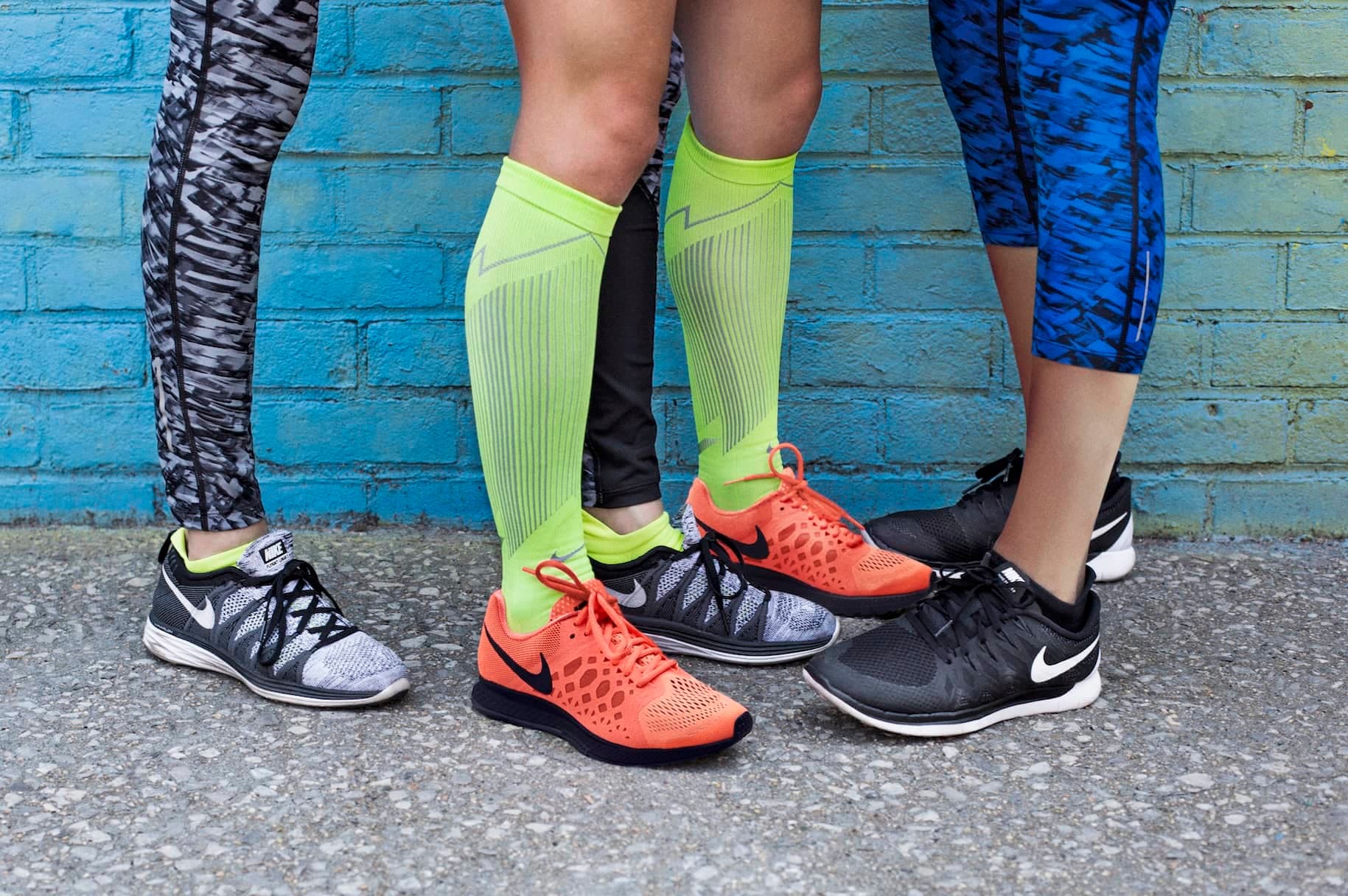
Think About Distance and Frequency
For regular long-distance runners, comfort and durability become paramount. Evaluate how often you run and the distances involved before making a decision.
Popular Brands and Models
Top Trail Running Shoes
- Salomon Speedcross 5: Known for aggressive traction and secure fit, ideal for loose terrain.
- Hoka One One Speedgoat 4: Offers substantial cushioning and a wide toe box for comfort over long distances.
- Altra Lone Peak 5: Features a unique foot-shaped toe box allowing natural toe splay, excellent for rugged trails.
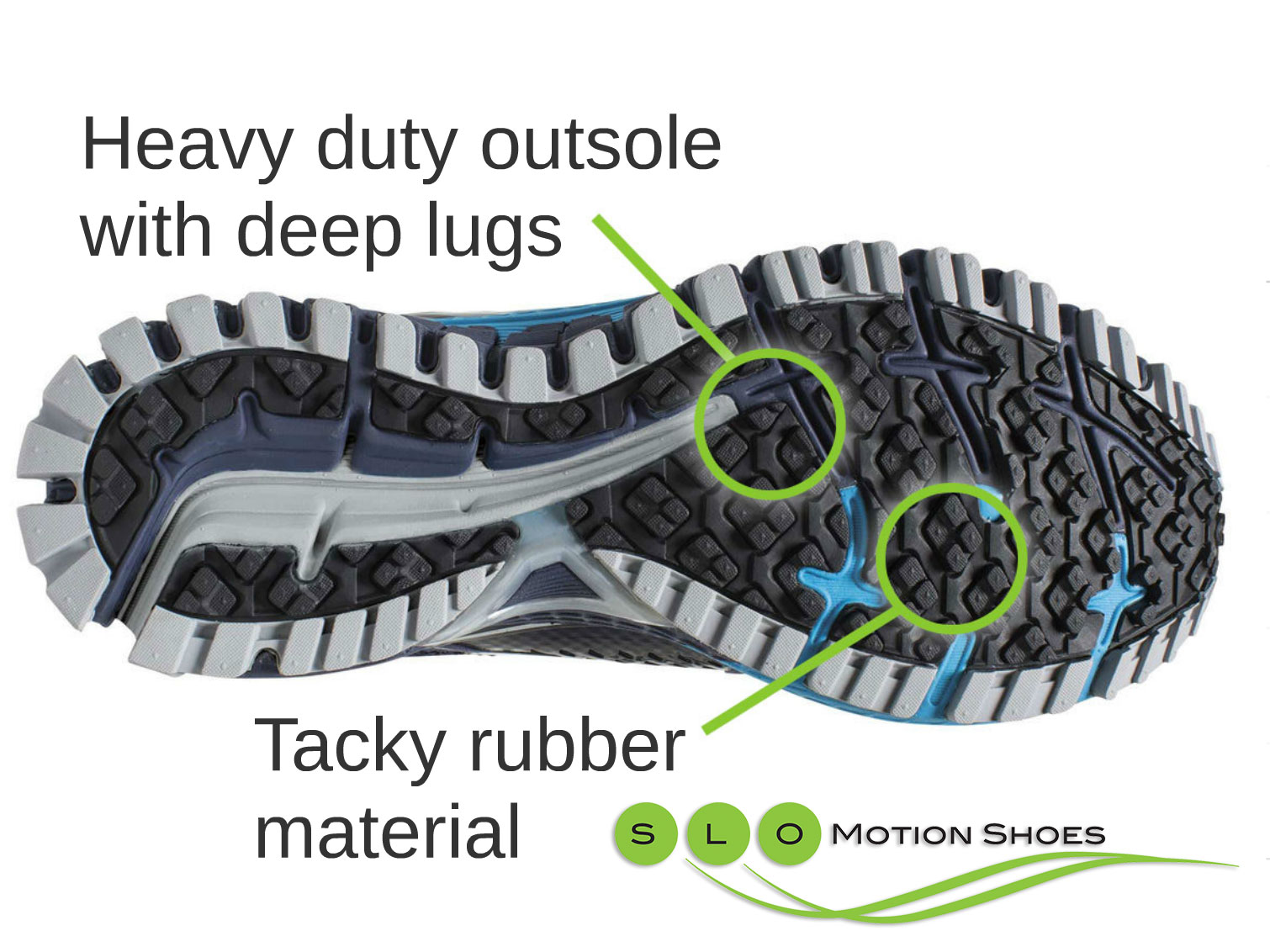
Top Running Shoes
- Nike Air Zoom Pegasus 38: A reliable choice for road runners, known for its responsiveness and comfort.
- Brooks Ghost 14: Excellent cushioning and support make it a favorite for daily training.
- Asics Gel-Nimbus 23: Renowned for its plush cushioning and gel technology, perfect for long runs.
Pros and Cons of Each Type
Trail Running Shoes
Pros:
- Excellent traction for slippery surfaces
- Durability to withstand rough conditions
- Protection against rocks and roots
Cons:
- Can be heavier than road running shoes
- Less cushioning for hard surfaces
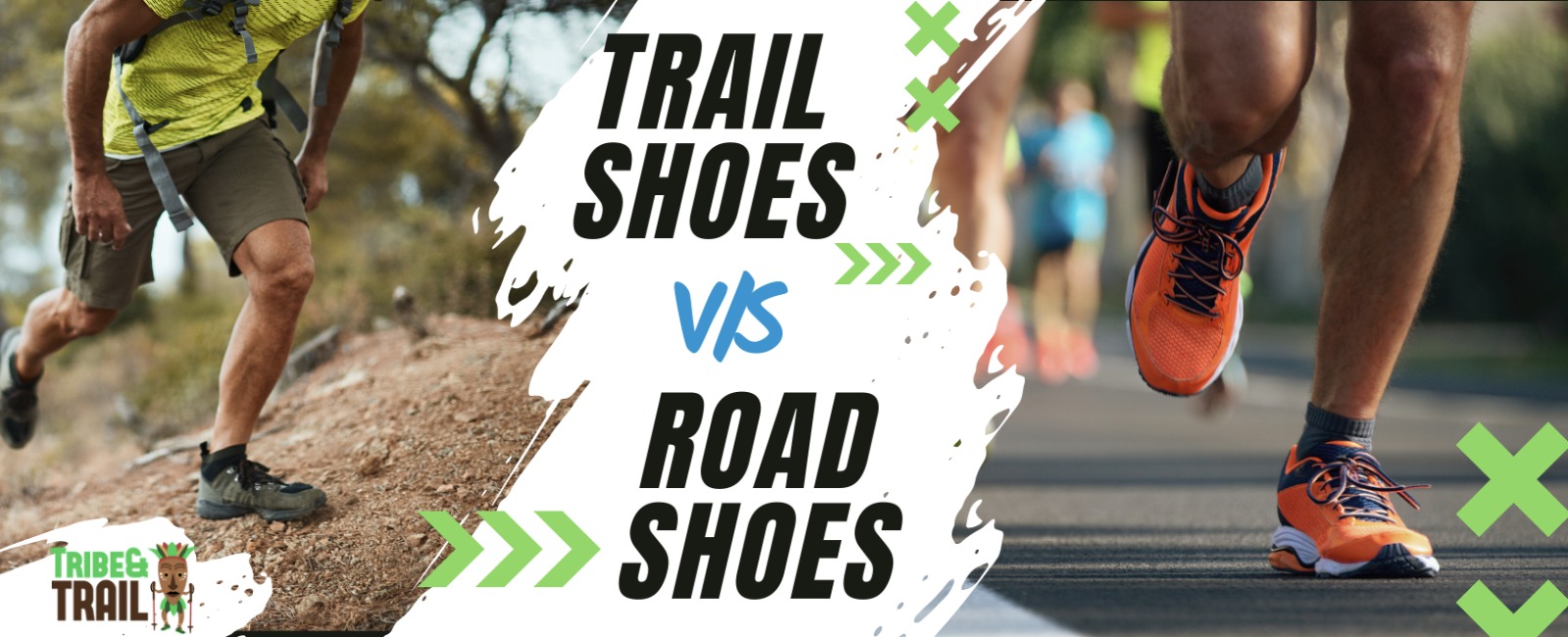
Running Shoes
Pros:
- Lightweight and breathable
- High cushioning for comfort on hard surfaces
- Designed for speed and efficiency
Cons:
- Limited grip on uneven surfaces
- Less durable on trails
Latest Technologies in Running Footwear
Both trail running shoes and regular running shoes are constantly evolving. New technologies are being developed to enhance performance, comfort, and safety:

3D Printed Shoes
Some brands are exploring 3D printing for customizable footwear, allowing for a tailored fit and performance features.
Adaptive Cushioning
Many brands now incorporate adaptive cushioning technology that changes density based on impact, providing personalized support.
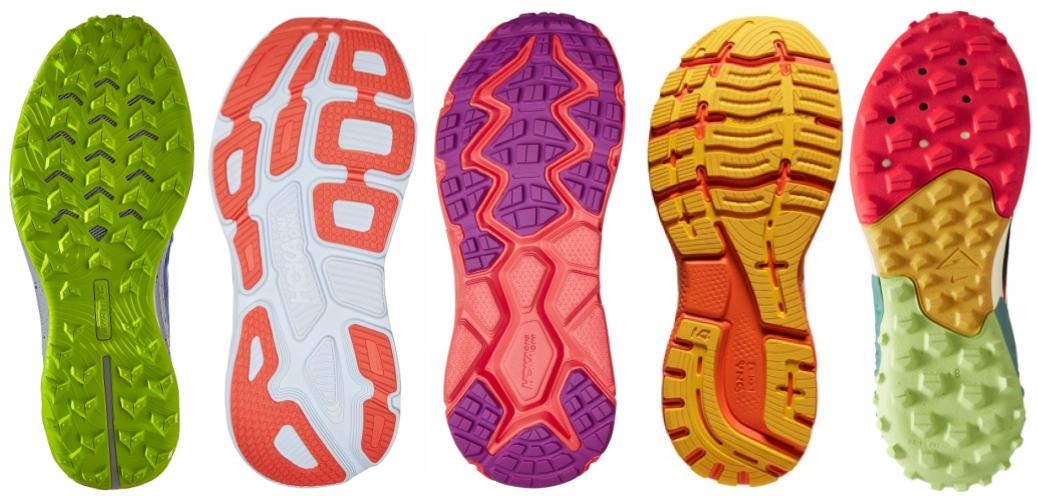
Smart Shoe Technology
Emerging technologies allow shoes to collect data on runs, providing insights into performance and making personalized recommendations.
Trail Running in the USA: A Cultural Perspective
In the USA, trail running has gained immense popularity, especially in regions like the Rockies, Appalachians, and Pacific Northwest, where breathtaking trails beckon both seasoned athletes and beginners. Many local communities host trail running events, promoting not just fitness but also a connection to nature.

Experiencing Local Trails
Consider joining a local running group or participating in events like the Trail Runner Magazine’s Trail Running Series. It’s a great way to not only test your footwear but also meet like-minded individuals who share a passion for trail running.
Why You Need the Right Shoe for Your Needs
Wearing the correct type of footwear can make all the difference in your running experience. It can prevent injuries, enhance performance, and ensure you enjoy every step of your run, whether it’s on the trail or the road.
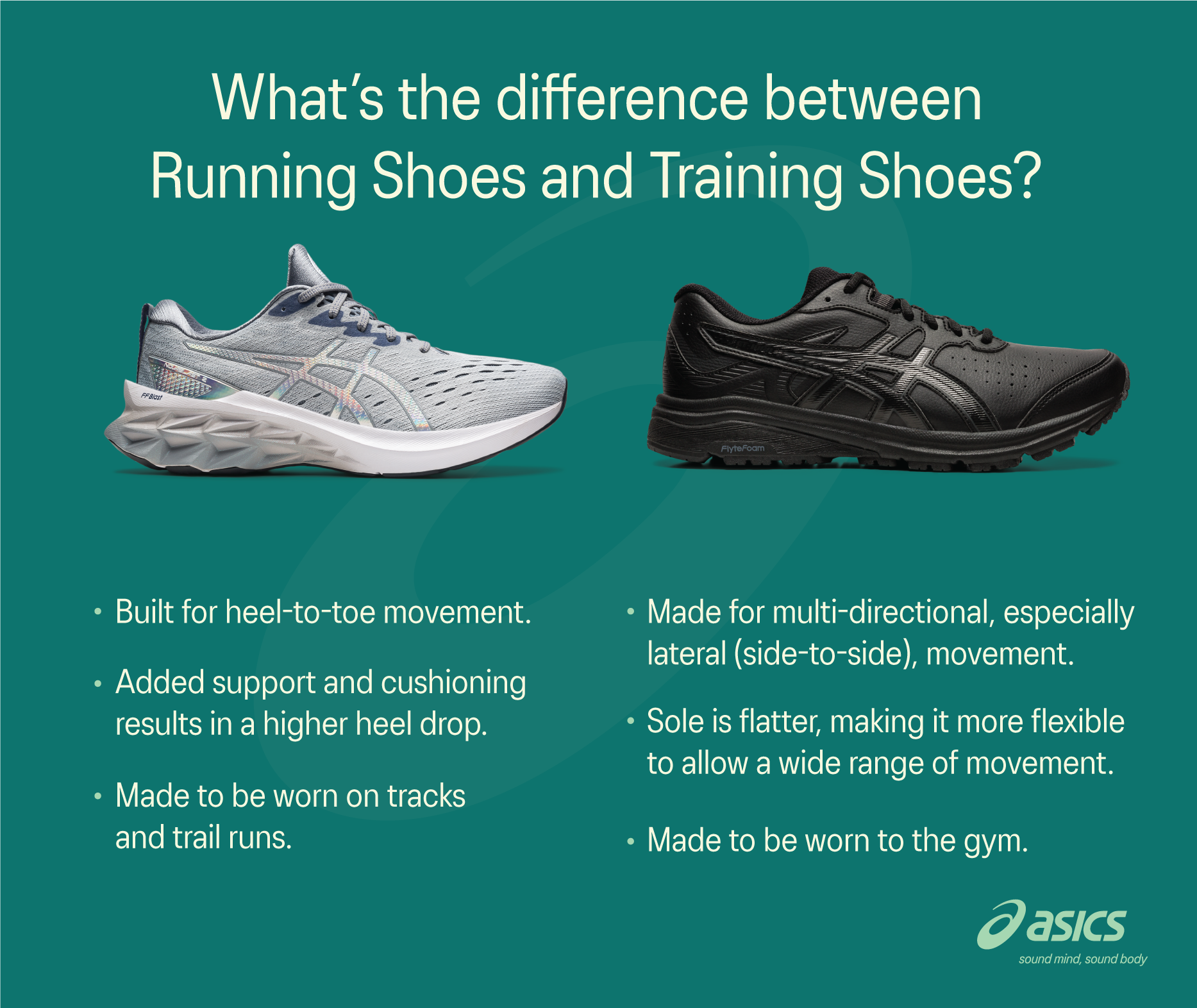
Frequently Asked Questions (FAQs)
1. Can I use trail running shoes on the road?
Yes, you can use trail running shoes on the road, but they may feel stiffer and heavier compared to traditional running shoes.
2. Are running shoes good for trail running?
While you can use running shoes on trails, they are not recommended for technical or slippery surfaces due to their lack of traction and support.
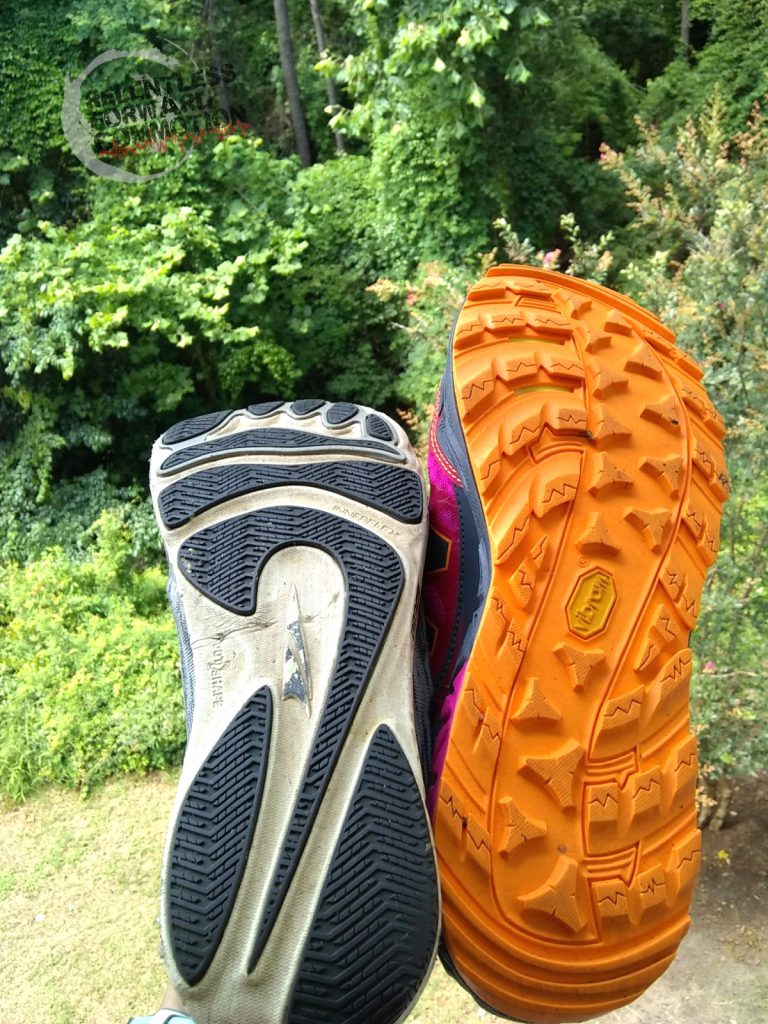
3. How often should I replace my running shoes?
Typically, running shoes should be replaced every 300-500 miles, but this can vary based on your running style, body weight, and shoe construction.
4. Do I need special socks for trail running?
Wearing moisture-wicking and cushioned socks can enhance comfort and help prevent blisters during trail runs.
5. What should I look for when buying trail running shoes?
Focus on traction, fit, durability, and any additional protection features like toe caps and rock plates.
Conclusion
Choosing between trail running shoes and running shoes ultimately depends on where you plan to run and your personal preferences. Each type of shoe has unique benefits tailored to specific environments, ensuring that every runner – whether on scenic trails or smooth pavements – can enjoy a comfortable and injury-free experience. Remember to consider your running habits, terrain, and footwear needs to find the perfect pair.
References
For further reading and deeper insights into trail running shoes vs running shoes, check out the following studies and reports:
- Running Shoe Technologies and Injury Prevention – NCIB Article
- A Review of Trail Running and Injury Risk – SAGE Journals
- Best Trail Running Shoes Review – Runner’s World